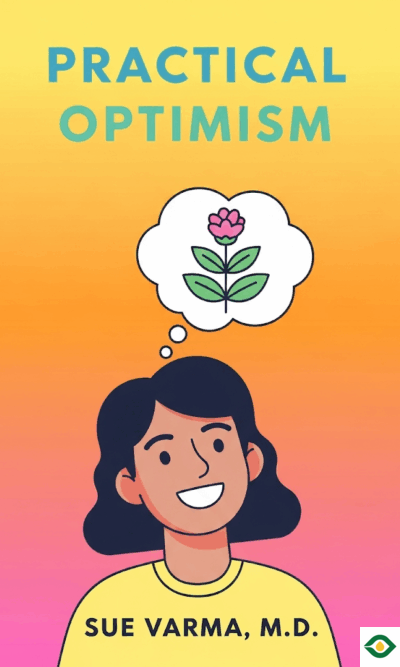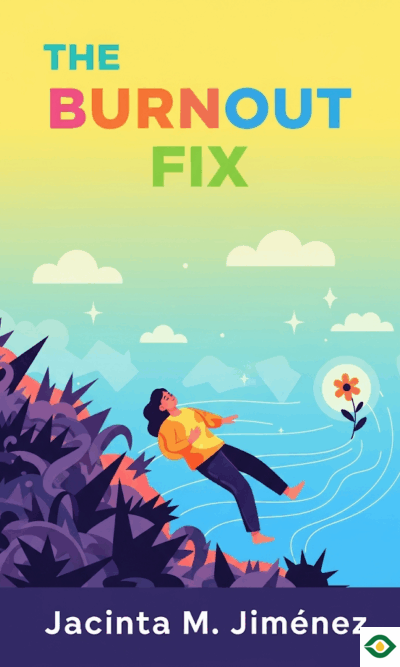Description
Relationships are the core of our lives. Whether with partners, friends, family, coworkers, or children, they shape how we feel and who we become. Many people assume that deep connections come from sharing secrets or exposing inner thoughts. But research proves otherwise. Strong bonds are built in everyday moments—simple words, gestures, and small requests that quietly ask, “Will you connect with me?”
Dr. John Gottman, a psychologist, discovered this while observing couples in a research apartment he called “the Love Lab.” He expected to see intimacy forming through long, deep talks. Instead, he found that connections came from the most ordinary exchanges. One partner would point out a bird outside the window or ask for a cup of coffee, and the other partner’s response—positive, dismissive, or hostile—made all the difference.
These small moments are called “bids.” A bid is any action aimed at connection. It can be a question, a smile, a sigh, or even a complaint. When someone makes a bid, the other person has three choices: turn toward it with interest, turn away by ignoring it, or turn against it by rejecting it. Over time, the pattern of these responses decides whether a relationship grows or weakens.
Imagine a husband says, “Look at that funny cartoon.” If the wife laughs with him, she turns toward the bid, and connection grows. If she stays silent, she turns away. If she snaps, “Stop bothering me,” she turns against it. One small moment might seem unimportant, but repeated many times, the pattern becomes powerful.
Bids often carry hidden messages. A partner saying, “It’s cold in here,” might secretly be asking for affection or closeness. A child throwing a tantrum may be seeking comfort, not just a toy. Many of our bids are disguised because direct requests feel risky. If someone responds with rejection, the hurt can be sharp. Subtlety provides protection, but it also makes interpretation harder. This is why we must pay careful attention to the deeper needs behind simple words or actions.
Understanding bids requires understanding emotional backgrounds. Our past experiences shape how we give and receive bids. Someone who grew up feeling unloved may hear criticism even when none is intended. Someone raised in a family that discouraged expressing needs may hide emotions until they explode as anger. Recognizing these histories in ourselves and others helps us respond with greater empathy.
Making bids wisely also matters. Instead of wrapping them in harshness or blame, it helps to use softer language and express true needs. For instance, saying “We miss you at the dinner table” is much more inviting than snapping, “Stop working and come upstairs!” The goal is not only to be heard but to invite a positive response.
The first responses to bids are especially important. They open or close the door for future interactions. Like the start of a tennis rally, a kind “serve” and a friendly “return” create momentum for ongoing connection. If early bids are met with harshness or dismissal, the opportunity to build closeness disappears.
Responding to bids positively doesn’t mean saying yes to everything. You can decline while still showing care. If a coworker invites you to lunch but you are too busy, you can reply, “I’d love to join, but today’s hectic—how about coffee tomorrow?” This keeps the door open while respecting your own limits. The real goal is not agreement, but recognition and warmth.
Over time, patterns of responses define the relationship. Occasional mistakes don’t ruin a bond, but repeated negativity erodes trust and affection. Couples who consistently respond poorly often drift apart, while those who turn toward each other regularly grow closer. In fact, studies show that stable marriages are full of small, positive responses to bids, while marriages headed for divorce are marked by constant negative reactions.
The lesson is simple but powerful: relationships are not shaped by dramatic moments alone. They are built brick by brick through countless small exchanges—cups of coffee offered, smiles shared, questions answered kindly. Each time someone makes a bid, they are reaching out with a hope for connection. Each time you respond, you either strengthen that hope or weaken it.
So how can we apply this? Start by noticing bids around you. They may be disguised as jokes, complaints, or even silence. Ask yourself what the other person might really be asking for. Then respond with warmth whenever you can. Next, reflect on your own bids. Are you clear about what you need? Can you soften your words to invite a kinder response? Finally, pay attention to patterns. Do you often turn away or against others without realizing it? Small adjustments, made consistently, can transform your connections.
The beauty of this approach is that it applies everywhere. At work, showing interest in a colleague’s story can build trust. With friends, responding to their invitations keeps bonds alive. With children, seeing tantrums as bids for comfort deepens understanding. With partners, turning toward simple requests plants the seeds of lasting love.
Relationships are not fixed—they are living systems shaped by daily choices. The Relationship Cure reminds us that healing and growth do not require grand gestures. They happen in ordinary exchanges, repeated with care. A smile, a question, a kind reply—these are the tools of connection.
The final takeaway is this: notice the bids around you, respond with kindness, and create a pattern of turning toward others. Over time, these small steps form the foundation of stronger, warmer, and more resilient relationships. The cure, in the end, is not a secret formula. It is the simple, everyday act of saying, “I see you, I hear you, and I want to connect.”





